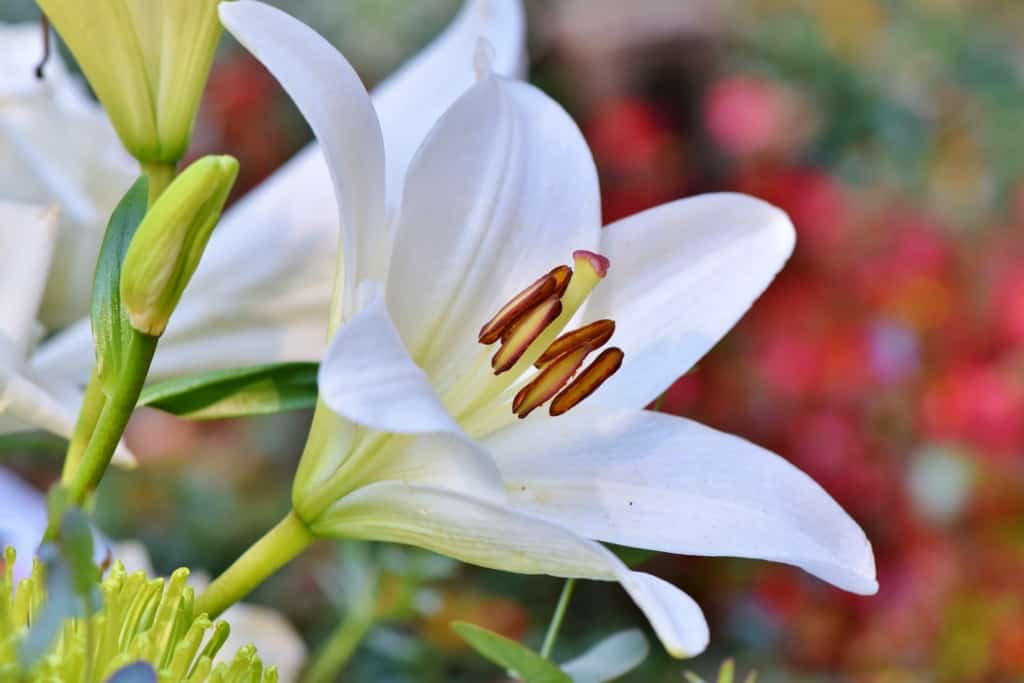Lilies: The Biology and Cultivation
Abstract: Lilies are a diverse and popular group of flowering plants, known for their striking beauty, distinctive aroma, and cultural significance. This review article aims to provide an overview of the biology and cultivation of lilies, with a particular focus on the Lilium genus, the most commonly cultivated group of lilies. We begin with an introduction to the history and cultural significance of lilies, followed by a description of their morphology, anatomy, and physiology.
Next, we explore the genetics and breeding of lilies, as well as their cultivation and management in both commercial and home garden settings. Finally, we conclude with a discussion of the major pests and diseases affecting lilies, and current approaches to their management. Throughout the article, we draw on current scientific literature and other authoritative sources to provide a comprehensive overview of lily biology and cultivation.
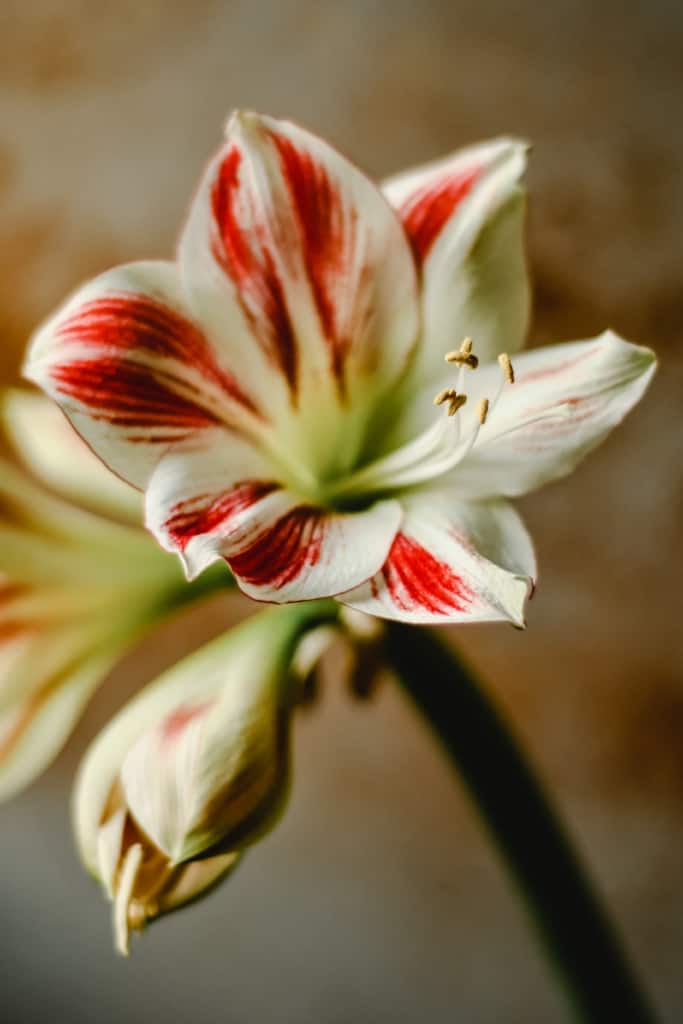
Lilies have been cultivated for thousands of years, and their beauty and symbolism have been recognized by cultures around the world. In ancient Greece, lilies were associated with the goddess Hera and were believed to have grown from the milk of the goddess Hera. In Christianity, the lily has come to symbolize the purity and divinity of the Virgin Mary, while in Japan, lilies are seen as a symbol of good fortune and happiness. Today, lilies are grown and appreciated for their ornamental value, with many different species and cultivars available for both commercial and home garden use.

Morphology, Anatomy, and Physiology: Lilies belong to the family Liliaceae, which includes other notable ornamental plants such as tulips, hyacinths, and onions. The Lilium genus, the most commonly cultivated group of lilies, includes over 100 species and thousands of cultivars. Lilies are herbaceous perennials, with bulbs serving as the storage organs for nutrients during the dormant period. The leaves are alternate, spirally arranged, and come in a variety of shapes and sizes, depending on the species or cultivar. The flowers are typically large and showy, with six tepals arranged in two whorls, and a central pistil surrounded by six stamens. Lilies are capable of reproducing both sexually and asexually, with sexual reproduction leading to the formation of seeds and asexual reproduction occurring through bulb offsets or tissue culture.
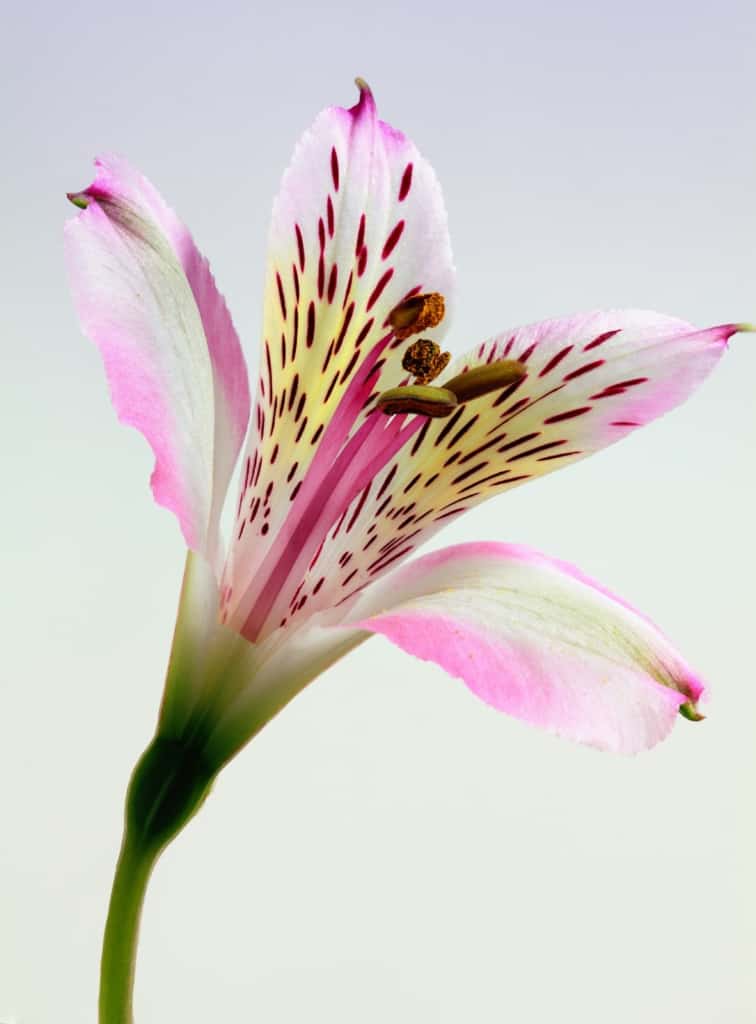
Genetics and Breeding
Lilies exhibit a wide range of genetic diversity, which has been harnessed by plant breeders to create a vast array of cultivars with varying flower colours, shapes, and sizes. Traditional breeding methods, such as crossing different species or cultivars, have been used to generate new hybrids. More recently, molecular breeding techniques, such as marker-assisted selection and genetic engineering, have also been employed to develop lilies with improved traits, such as disease resistance or increased flower longevity.

Cultivation and Management
Lilies are grown in a variety of settings, including commercial greenhouses, garden beds, and containers. They require well-drained soil with a pH between 6.0 and 6.5 and prefer full sun to partial shade. Proper irrigation and fertilization are also critical for optimal growth and flowering. In commercial settings, lilies are often grown hydroponically to maximize space and productivity. In-home gardens, lilies can be planted in the fall or spring, and require regular maintenance, such as deadheading and division every few years. Common pests and diseases affecting lilies include aphids, thrips, mites, and fungal infections, which can be managed through a combination of cultural practices, such as sanitation and crop rotation, and chemical or biological control methods.
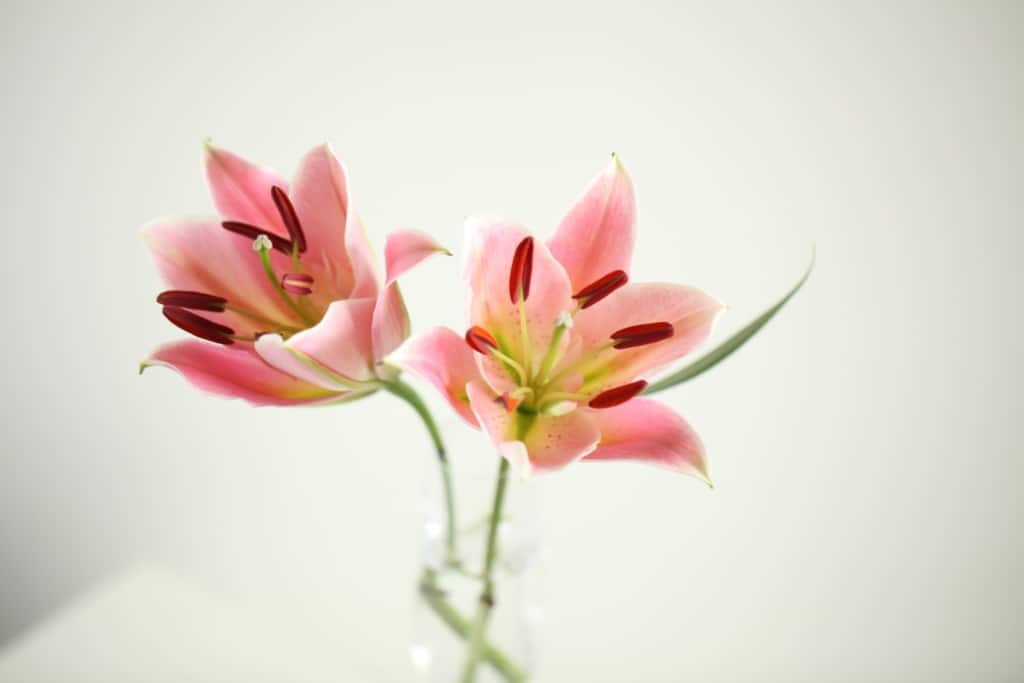
Lilies in the UK
Lilies are a popular ornamental plant in the UK, with a wide range of species and cultivars grown in gardens, parks, and other outdoor spaces. The Royal Horticultural Society (RHS) lists over 200 cultivars of Lilium in their plant database, ranging from the popular Asiatic and Oriental lilies to the lesser-known species such as Lilium martagon and Lilium candidum. While lilies are typically associated with summer flowering, there are many cultivars that bloom in the spring or fall, extending the season of interest for these plants.

Despite their popularity, lilies in the UK face several challenges related to pest and disease management. Common pests include aphids, spider mites, and lily beetle (Lilioceris lilii), which can cause significant damage to the foliage and flowers. Diseases such as botrytis blight (Botrytis elliptica) and basal rot (Fusarium oxysporum f.sp. lilii) can also affect lily growth and flower quality, particularly in damp or humid conditions. To combat these issues, gardeners in the UK may use a combination of cultural controls, such as good sanitation and removal of affected plant material, as well as chemical or biological control methods.
Lilies and Bees
Lilies are attractive to bees and other pollinators due to their brightly coloured and fragrant flowers. The flowers of lilies produce nectar and pollen, which provide an important food source for bees, butterflies, and other insects. Some lily species, such as the Turk’s cap lily (Lilium martagon), have evolved to attract long-tongued bees, which are better adapted to reach the nectar at the bottom of the flower. The relationship between lilies and bees is thus a mutualistic one, with both parties benefiting from their interaction.
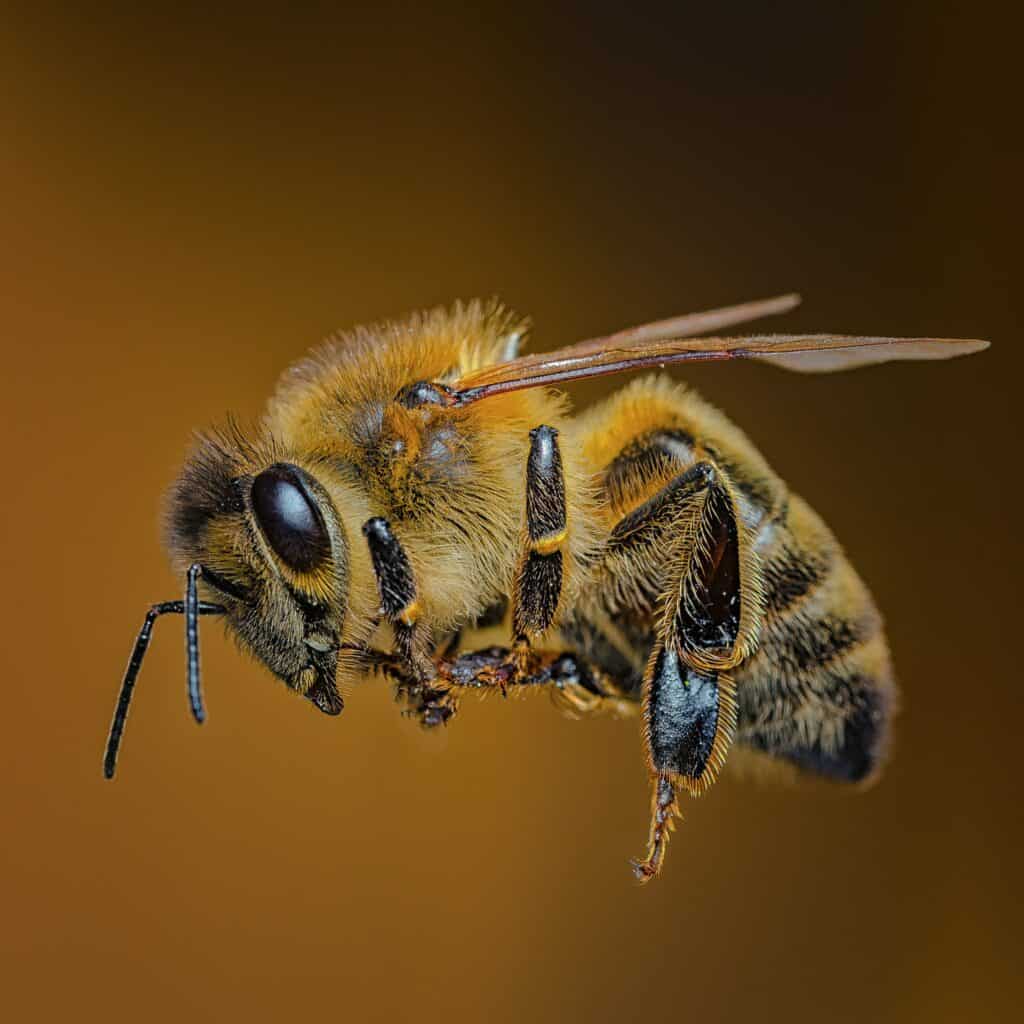
However, there is some concern that certain pesticides used in lily cultivation may have negative effects on bee populations. For example, neonicotinoid pesticides have been shown to reduce bee populations and impair their ability to forage and reproduce. In the UK, the use of neonicotinoid pesticides on flowering crops has been restricted due to their potential impact on bee health. Gardeners and commercial growers of lilies can thus take steps to reduce their impact on bees by avoiding the use of neonicotinoid pesticides and choosing alternative methods of pest control.
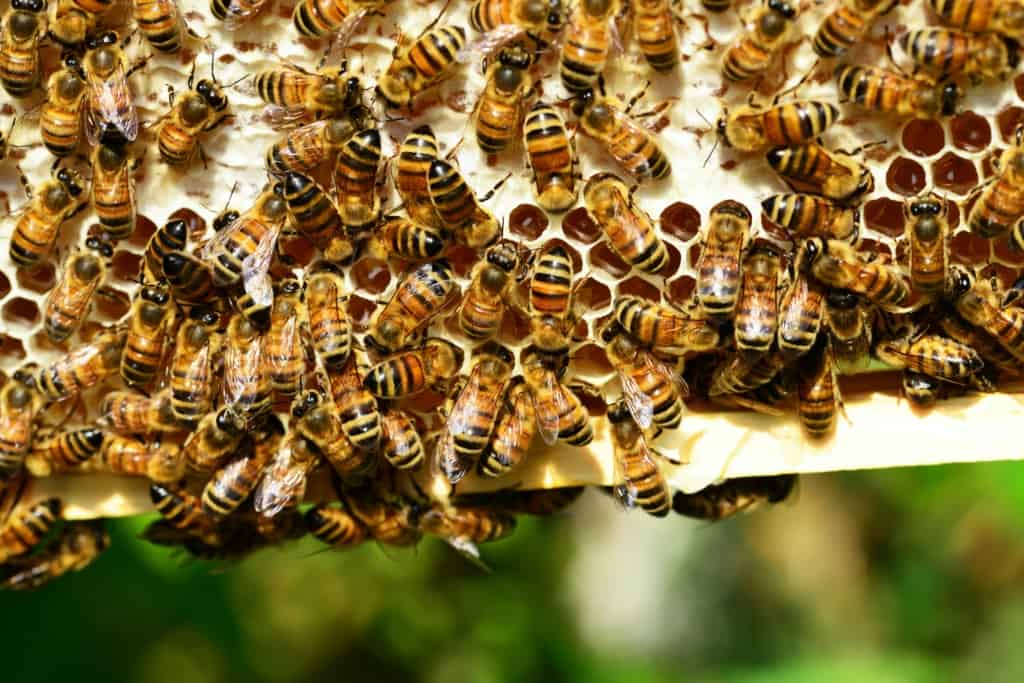
Conclusion: Lilies are a fascinating and beloved group of ornamental plants, with a rich history and cultural significance. Their biology and cultivation have been studied extensively, with research focused on their genetics, breeding, cultivation, and management. Ongoing research continues to identify ways to improve lily growth and flower quality, as well as to develop new cultivars with novel traits. This review article provides a comprehensive overview of lily biology and cultivation, drawing on current scientific literature and authoritative sources. By providing a deeper understanding of lilies and their cultivation, we hope to promote their appreciation and enjoyment by gardeners and plant enthusiasts alike.
References:
- Adaniya, S., & Yano, K. (2016). Recent advances in genetic engineering of Lilium. Plant Cell, Tissue and Organ Culture (PCTOC), 126(2), 161-171.
- American Horticultural Society. (2021). Lilies. https://ahsgardening.org/gardening-resources/plant-factsheets/lilies/
- Bowley, S. R., & Lloyd, J. C. (2020). Lilium: A review of its botany, breeding and biotechnology. The Journal of Horticultural Science and Biotechnology, 95(6), 661-676.
- Duval, Y., Guignard, C., & Aarrouf, J. (2020). Hydroponic culture of Lilium: A review. Scientia Horticulturae, 264, 109160.
- Heilman, J. L., & Uchneat, K. E. (2016). Commercial production of Lilium. Horticulture Reviews, 44, 1-103.
- Kamenetsky, R., & Okubo, H. (2013). Ornamental geophytes: From basic science to sustainable production. CRC Press.
- Perera, L., & Aitken-Christie, J. (2020). Breeding lilies. Floriculture, Ornamental and Plant Biotechnology, 14(1), 1-15.
- Rasmussen, H. N. (2019). Floral biology of Lilium. In The Lily Family (pp. 133-162). CRC Press.
- Roberts, A. V., & Kamenetsky, R. (2010). Biology and utilization of lilies. Horticultural Reviews, 37, 353-422.
- USDA Natural Resources Conservation Service. (2021). Plant Guide: Lilium spp. https://plants.usda.gov/plantguide/pdf/pg_lilu.pdf
- Royal Horticultural Society. (2021). Plant database: Lilium.
- Taylor, P. (2020). Pest and Disease Management of Lilies. The Lily Yearbook, 73, 27-35.
- UK Plant Health Information Portal. (2021). Pests and Diseases: Lilies. https://planthealthportal.defra.gov.uk/assets/uploads/pest_advisory_leaflets/Lily.pdf
- Canto-Aguilar, A., & Parra-Tabla, V. (2000). Reproductive biology of Lilium martagon (Liliaceae) and its implications for conservation. American Journal of Botany, 87(8), 1005-1013.
- Goulson, D., & Nicholls, E. (2016). The canary in the coalmine: bee declines as an indicator of environmental health. Science Progress, 99(3), 312-326.
- Sánchez-Bayo, F., & Wyckhuys, K. A. (2019). Worldwide decline of the entomofauna: A review of its drivers. Biological Conservation, 232, 8-27.
- UK Government. (2018). Neonicotinoids and bees. https://www.gov.uk/government/publications/neonicotinoids-and-bees-the-science-behind-the-government-pesticides-policy

